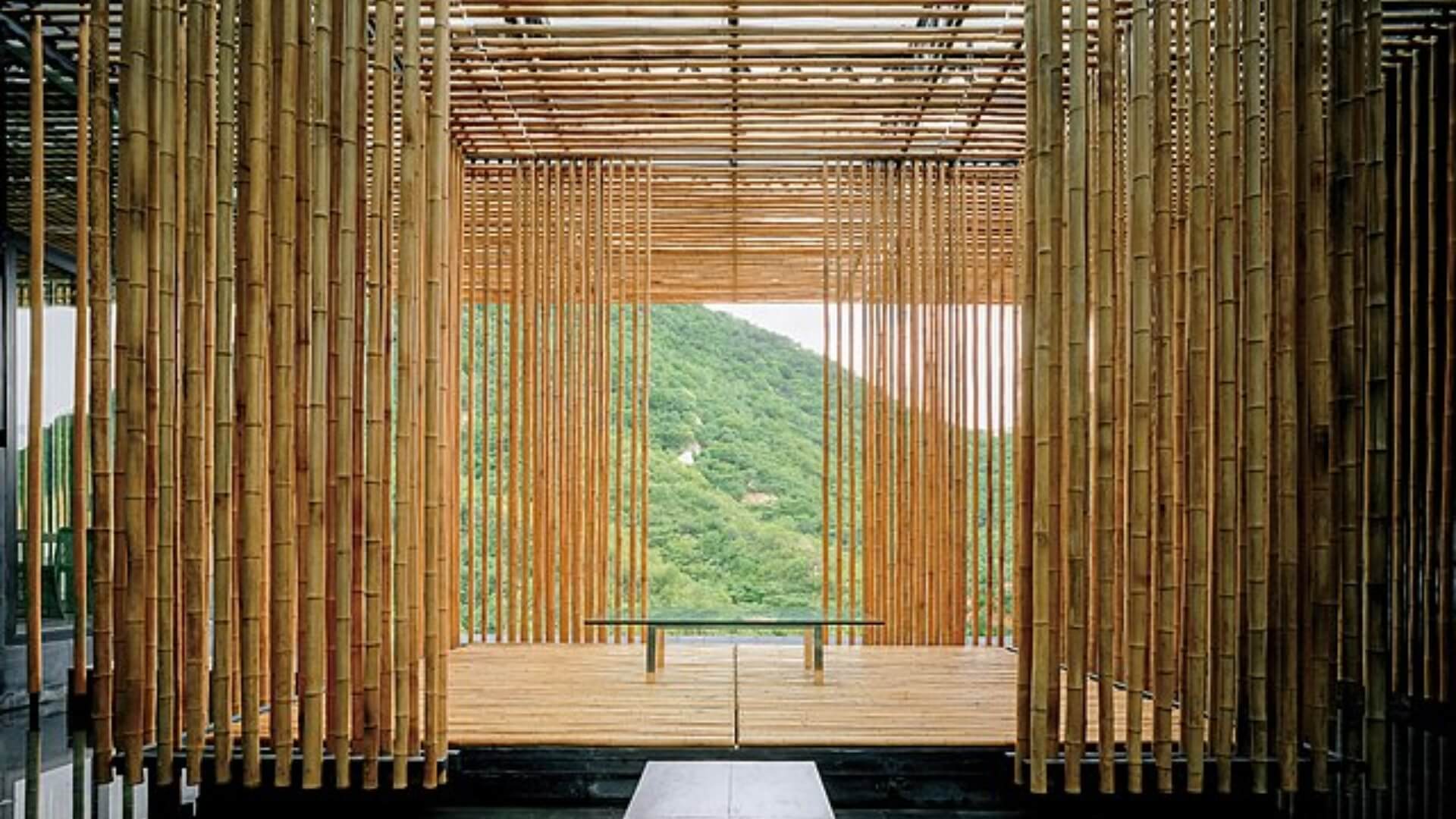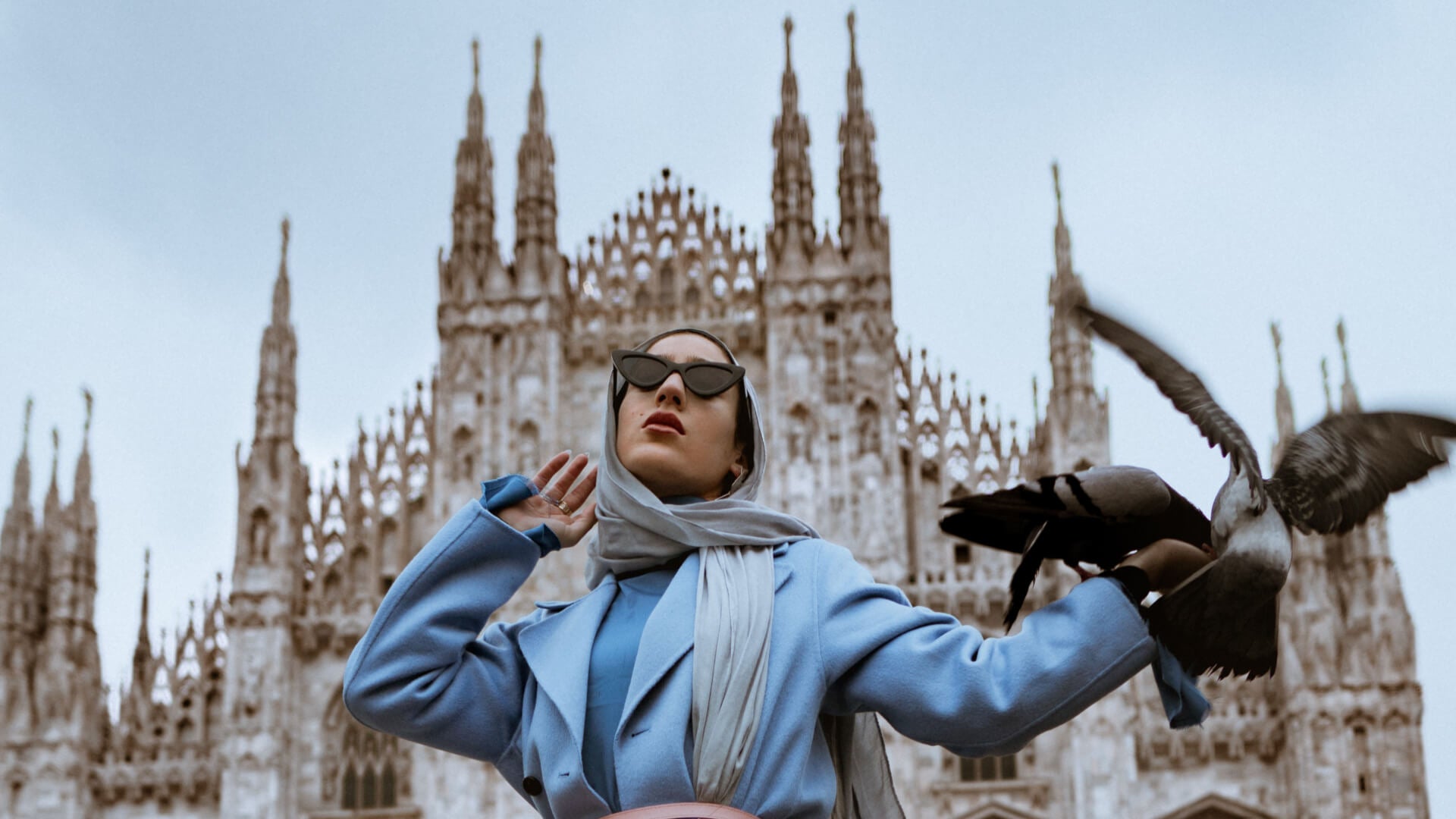
Japanese Architect Kengo Kuma: Projects and Philosophy
Kengo Kuma is a Japanese progressive and innovative architect and award winner. In the design world, he takes especially into account sustainability.
He currently has offices in Tokyo and Paris. Learn all about this designer by reading our article!
- Kengo Kuma
- Kengo Kuma's Philosophy
- Awards
- Works
- Italian Projects: Padova Congress Centre
- A Project For The City of Milan (2024)
- Quotes
Kengo Kuma
Kengo Kuma was born in 1954 in Yokohama, in Kanagawa Prefecture in Japan. He studied at the University of Tokyo and later completed research studies at the University of Columbia, where he also met the architectural historian Kenneth Frampton.
In 1990 he founded: Kengo Kuma & Associates (KKAA).This association counts more than 30 countries where he introduces his ideas and architectural concepts and presents unique proposals.
He has completed projects in more than 20 countries around the world, and during his career he has achieved a portfolio of more than 300 completed projects.
In 2009, he was appointed Professor at the Graduate School of Architecture at the University of Tokyo and is now Professor Emeritus.
In 2020, he was awarded the Special/Honorary Professorship of the University of Tokyo.
Houshakuji Station Flickr Photo by Jacome
Kengo Kuma's Philosophy
He has the skill of thinking outside of the box, his innovative style combines architecture that opens up new relationships between nature, technology, and human beings: that's his philosophy.
There's a distinctive trait of Kuma's work that suggests his strong and deeply rooted relationship with his motherland: Japan, and its millennial tradition.
If his architectural philosophy had to be explained in one sentence it would be something like this: buildings are man-made objects that are destined to be cut away from their environment.
Therefore, his mission is to explore and enrich the connection between architecture and the land surrounding his constructions.
He tends to favor alternative materials, some can be rough, for example, stone and wood. Others can be ceramics, bamboo, plastic, and vinyl. He uses them as if they were light woods or glass, by taking thin slices of them and using them as particles.
Japanese architecture (日本建築, Nihon kenchiku) has been typified by wooden structures, elevated slightly off the ground, with tiled or thatched roofs.
His design process is inspired by the light and the nature of the site of the building.
Therefore it's very important to him to look at "where" he's going to build the structure he's designing.
Kengo Kuma is deeply influenced by nature and its surroundings, he strives to harmonize the natural environment with architecture and the human body through his work.
Awards
These are the Awards that Kengo Kuma has won during his career up until now:
- 1997: Architectural Institute of Japan Award for “Noh Stage in the Forest”
- 1997: AIA DuPONT Benedictus Award for “Water/Glass” (USA)
- 2001: Togo Murano Award for “Nakagawa-machi Bato Hiroshige Museum”
- 2002: Spirit of Nature Wood Architecture Award (Finland)
- 2008: Energy Performance + Architecture Award (France)Bois Magazine International Wood Architecture Award (France)
- 2008: LEAF Award (commercial category)
- 2009: Decoration Officier de L’Ordre des Arts et des Lettres (France)
- 2010: Mainichi Art Award for “Nezu Museum”
- 2011: The Minister of Education, Culture, Sports, Science and Technology’s Art Encouragement Prize for “Yusuhara Wooden Bridge Museum”
- 2012: The Restaurant & Bar Design Awards, Restaurant Interior (Standalone) for Sake No Hana (London)
Casa Batlló Flickr Photo by Kent Wang
Works
Kengo Kuma is known for his love of wood, which he incorporates in most of his works. An example is the Tokyo Stadium for the Olympics of 2020.
In recent times (2021) he has redesigned the interior of the famous: Casa Battlo by Gaudi, in Barcelona.
Some of his major projects include:
- V&A Dundee, Dundee, United Kingdom (2018)
- Xinjin Zhi Museum, Xinjin, China
- Lotus House, Eastern Japan, Japan (2005)
- Nagasaki Prefectural Museum, Nagasaki, Japan (2005)
- Asakusa Tourism Centre, Asakusa, Tokyo, Japan (2012)
- Kabuki-za Theatre, Tokyo, Japan.

Kengo Kuma 隈研吾 - 淺草文化觀光中心 - Photo 0003, Flickr Photo by 準建築人手札網站 Forgemind ArchiMedia
Italian Projects: Padova Congress Centre
This year (2022) Kengo Kuma has replaced the Palazzo delle Nazioni (1951), in the Padova Congress Centre located in the historic Padua Fairs (Fiera di Padova).
This building is located in the region Veneto, and it's completed.
The front gate preserves some relief from the old Palazzo delle Nazioni. The main hall is the Giotto room, which can welcome up to 5000 people. Another famous room is the Mantegna room, with a capacity of 2500 people.
Wood can't be missed in Kuma's architectural projects, in fact, there are 15 meters tall wooden vertical louvers surrounding the construction.
This reminded of the "engawa" Japanese concept; an edging strip of non-tatami-matted flooring in Japanese architecture, usually wood or bamboo.
A Project For The City of Milan (2024)
In the Lambro Park neighborhood of Milan, work has begun on "Welcome, Feeling at Work," an office complex designed by Japanese Architect Kengo Kuma & Associates.
This eco-friendly project is inspired by that special sense of well-being that comes from feeling immersed in a natural environment that goes by the name of "biophilic effect" (love for nature).
Kengo Kuma's aim is to place the offices of the future in a sustainable building, a true example of organic architecture that develops horizontally, where work and nature interact in harmony.
This ambitious project is designed to be one of the most sustainable office complexes to date.
Kengo Kuma said: "Milan is a city with an exciting and unique combination of contemporaneity and tradition in art, architecture, and craftsmanship, which provides the ideal terrain for the implementation of our work".
"Our approach to organic design and wood design can be achievable with high levels of quality thanks to Italian craftsmanship".
Quotes
“Architecture forms a vital link between people and their surroundings. It acts as a gentle buffer between the fragility of human existence and the vast world outside. How different people choose to build connections in their environment essentially defines those societies and their relationships to conditions around them.”
“You could say that my aim is ‘to recover the place’. The place is a result of nature and time; this is the most important aspect. I think my architecture is some kind of frame of nature. With it, we can experience nature more deeply and more intimately. Transparency is a characteristic of Japanese architecture; I try to use light and natural materials to get a new kind of transparency.”
Kengo Kuma is one of the greatest architects of our time, check out his website: Kengo Kuma & Associates to discover the projects he designed all over the world!






